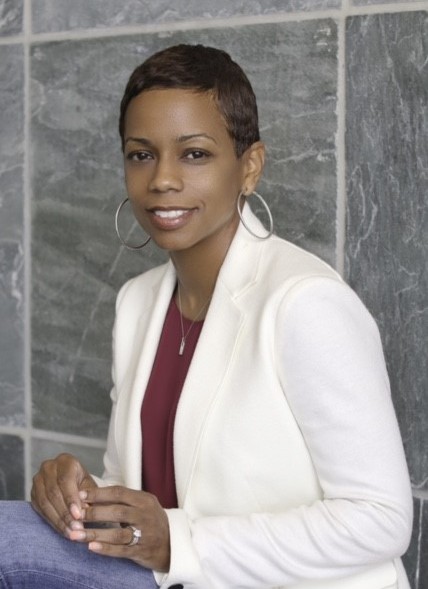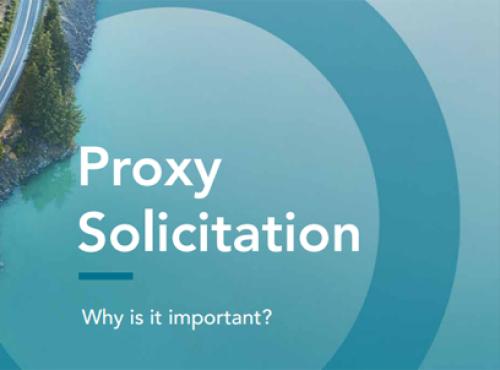‘Why are you going public now?’ asked investors during biotech Arcellx’s IPO in early February this year. It was not a surprising question. Investor sentiment was decidedly bearish, with valuations on a downward trend and an increase in global risks, from rising interest rates to the ominous buildup of Russian troops on Ukraine’s border.
For biotechs in particular, the pace of new listings had slowed to a trickle. During the first quarter of 2022, just nine went public in the US, a year-on-year fall of 70 percent, according to data from Refinitiv.

Despite the unfriendly market conditions, Arcellx completed its IPO on February 4, raising $124 mn through a listing on Nasdaq. The firm focuses on chimeric antigen receptor (CAR) T-cell therapy to treat cancer. This approach removes T-cells from the body, genetically alters them so they are better at eliminating cancer cells and returns them to the patient.
In the buildup to the IPO, Arcellx was the only biotech on the road, says Myesha Lacy, vice president of IR at the firm. She describes this as a two-sided coin: on the one hand, investors wanted to know why they were going public when no one else was. On the other, the company attracted a lot of attention as the only biotech show in town.
Key to the IPO story was positive data from a clinical trial held the previous year, says Lacy. ‘As a biotech company with human data, we felt it was a good time to go public,’ she explains. ‘A lot of the companies that went public in the biotech industry over the last two years had only pre-clinical data. We felt we had a story to tell and key milestones covering the next 12-18 months.’
Other factors that supported the story included a well-respected management team and strong insider support, adds Lacy: ‘That was enough for us to say, We can get this done.’
Linking up
With management on the east and west coasts of the US, Arcellx recorded its IPO presentation in different segments and then strung them together. Lacy says she was pleased the company opted for a video, rather than audio, presentation, to help investors get more comfortable with the executive team. Later, the C-suite came together in San Francisco for investor meetings.
It was Lacy’s first IPO project. In her previous IR roles, she had always joined just after the listing took place. One lesson from the experience was that private companies may need to do a lot of basic education about their story. ‘You don’t necessarily have that name [recognition] with investors,’ she explains. ‘In a lot of our meetings, we had to go through the roadshow presentation from beginning to end.’

During the IPO process, Lacy’s responsibilities included reviewing the S1 filing, producing the roadshow presentation and video, investor targeting and launching the IR website. Given the small size of the team, she also helped onboard the transfer agent.
‘Make sure you do your due diligence on choosing the right transfer agent,’ she says. ‘Typically, that falls under finance, but an IR professional should be ready to jump in and do what’s necessary to get the IPO done.’
What other advice would Lacy give to IR professionals supporting an IPO? She mentions three things: ‘One, ensure the team is aligned on messaging. Two, start working on the roadshow presentation early – schedule the appropriate amount of time to review, discuss and practice.
‘And three, don’t forget to have fun in the process. We took a lot of photos. You have to remember to laugh because it is a really stressful time.’
This article originally appeared in the Summer 2022 issue of IR Magazine.










